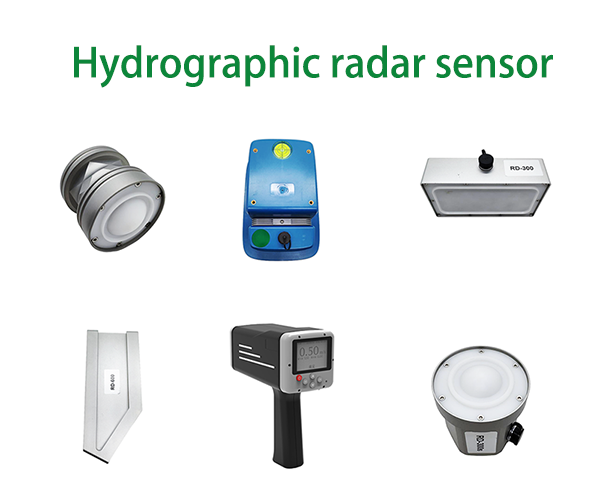Introduction
Hydrological radar technology has seen significant advancements in recent years, driven by the increasing need for accurate weather forecasting, flood management, and climate resilience. Recent news highlights its applications across various regions, particularly in Southeast Asia, Central and South America, and Europe. These developments are pivotal in addressing challenges posed by climate change, urbanization, and disaster preparedness. This article summarizes the latest trends and key initiatives in hydrological radar technology in these regions.
Southeast Asia: Innovations for Climate Adaptation
Southeast Asia is one of the regions most vulnerable to climate change, experiencing frequent and severe flooding, as well as droughts. Recent advancements in hydrological radar have focused on enhancing the region’s flood forecasting capabilities.
Key Developments
-
Deployment of Advanced Doppler Radar Systems: Countries in Southeast Asia, including Indonesia and the Philippines, have been upgrading their weather radar systems with advanced Doppler technology. These systems provide high-resolution data on rainfall intensity and movement, improving real-time forecasting and allowing for timely evacuation and disaster response.
-
Regional Collaborative Initiatives: Organizations like the Southeast Asia Weather Network have initiated cross-border collaborations to share radar data and enhance monitoring capabilities across the region. These efforts facilitate a more significant understanding of monsoon patterns and the influence of climate change on rainfall distribution.
-
Community Engagement: There is a growing emphasis on integrating local knowledge and community-based monitoring systems with radar technology. Initiatives in Vietnam and Malaysia are training local communities to utilize radar data for better flood preparedness and response.
Central and South America: Addressing Extreme Weather Events
Central and South America are increasingly facing the impacts of extreme weather events, such as hurricanes and El Niño-induced droughts. Hydrological radar technology has become crucial in enhancing weather prediction and disaster management in this region.
Key Developments
-
Next-Generation Radar Systems: Countries like Brazil and Colombia have invested in new radar systems capable of high-resolution 3D precipitation mapping. These systems are crucial for tracking storm systems and improving forecasting accuracy, especially during the hurricane season.
-
Integration with Satellite Data: Recent projects in Central America have focused on blending radar data with satellite observations to create comprehensive weather models. This integration allows for improved monitoring of rainfall patterns and facilitates better preparedness for flood events.
-
Research Collaborations: Academic and governmental institutions in South America are increasing research collaborations focused on understanding the relationship between hydrological phenomena and socio-economic impacts. This research aids in developing community-specific strategies for flood resilience.
Europe: Innovations in Hydrological Monitoring
Europe has long been a leader in hydrological research and technology development. Recent innovations in hydrological radar systems aim to enhance water resource management and flood forecasting.
Key Developments
-
European Radar Network Enhancements: The European Centre for Medium-Range Weather Forecasts (ECMWF) has been working on improving the European radar network by incorporating enhanced algorithms that facilitate better precipitation estimation and flood prediction across member states.
-
Focus on Climate Resilience: European Union initiatives prioritize climate adaptation strategies, leading to investments in advanced radar systems that enhance monitoring of rivers and catchment areas. Countries such as Germany and the Netherlands are deploying innovative radar solutions to manage river systems and mitigate flood risks.
-
Public Engagement: In the UK and parts of Scandinavia, efforts are underway to educate the public on utilizing radar data through mobile applications and community workshops. These initiatives aim to empower citizens to make informed decisions regarding flood risks and water safety.
Advancements in Technology and Data Integration
Across these regions, several trends are shaping the future of hydrological radar technology:
-
Increased Automation: The use of artificial intelligence and machine learning in data analysis is on the rise, allowing for predictive analytics that enhance the speed and accuracy of weather forecasts.
-
Real-Time Data Sharing: Enhanced communication networks are enabling real-time data sharing between countries, improving international cooperation in disaster response and resource allocation.
-
User-Friendly Interfaces: Developments in user-friendly radar interfaces are making it easier for local authorities, farmers, and the general public to access and utilize important weather data.
Conclusion
The advancements in hydrological radar technology have become vital in addressing the pressing challenges posed by climate change, extreme weather events, and water resource management in Southeast Asia, Central and South America, and Europe. With ongoing innovations, collaborative efforts, and increased public engagement, these regions are better equipped to respond to hydro-meteorological risks, enhance disaster preparedness, and foster greater resilience in their communities. As hydrological radar continues to evolve, it stands as a crucial tool in building a sustainable future amidst an increasingly unpredictable climate.
Post time: Dec-09-2024


